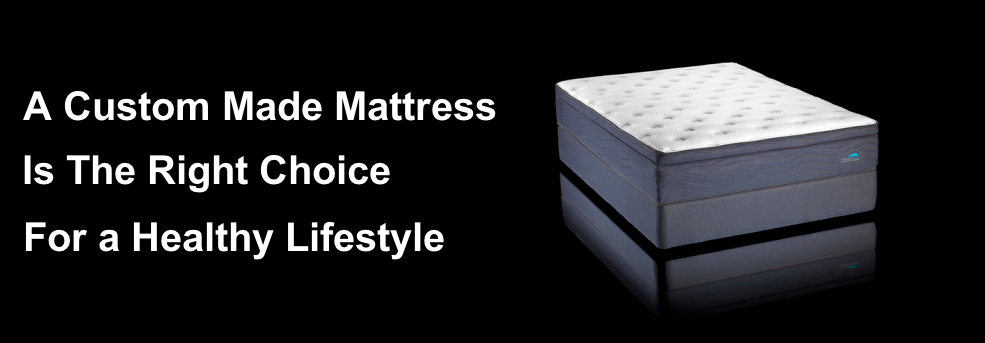The relationship between sleep and athletic performance in elite athletes has become a topic of great interest because of the growing body of scientific evidence confirming a link between critical sleep factors (sleep length, quality and circadian sleep phase) and human performance.
Samuels C. 2008 found post-exercise recovery and regeneration (PERR) is as important as the training regimen to the complex adaptive process of increasing athletic performance. The foundation of PERR is sleep. Sleep constitutes the passive recovery, regeneration and rest process.

A recent study of intercollegiate athletes by Mah et al 2011 at Stanford University found that increasing the nightly sleep period of 18-20 year old varsity basketball players to at least 10 hours, for a duration of 5-7 weeks led to faster sprint and reaction times, increased accuracy, and improved overall ratings of physical and mental well-being during practices and games.
Peak performance can only occur when an athletes overall sleep and sleep habits are optimal.
Attending to the importance of sleep will reduce the risk of overtraining/under-recovery, enhanced resistance to illness and improve recovery from injury.
Growth Hormone is an anabolic hormone and has maximum release during Slow Wave (non REM) Sleep. When tissues have been damaged, the rate of healing is greater during sleep, whatever the time of the injury. Lee H et al. 2006 have found differences in sleep surfaces, with significantly more slow wave sleep and a higher sleep efficiency on comfortable than on uncomfortable mattresses.
It has been shown that, slow-wave sleep (SWS)—does affect growth hormone levels in adult men. During eight hours sleep, it was found that the men with a high percentage of SWS (average 24%) also had high growth hormone secretion, while subjects with a low percentage of SWS (average 9%) had low growth hormone secretion.
Leilnahari et al 2011 and Jacobsen et al 2008 have concluded that every person should have an individually adapted mattress system according to his physical needs and conditions. It was found that the significant increase in sleep quality and pain reduction was paralleled by better spinal alignment, reduced spinal muscle activity and reduced mattress interface pressure. This was achieved by prescribing or custom building a mattress to the specific needs of a person.
A custom built/prescriptive mattress places the spine in optimal alignment reduces interface pressure and allows for decreased muscle activity. This allows for an individual to relax and initiate sleep easier, and less sleeping interruptions. There is also an association between poor mattress mechanics with neck and lower back pain.

